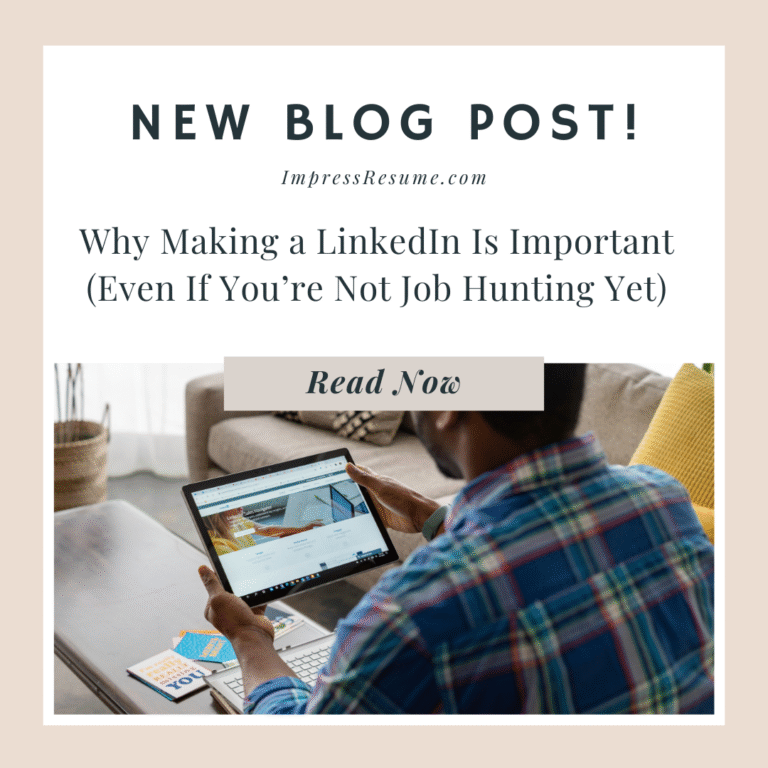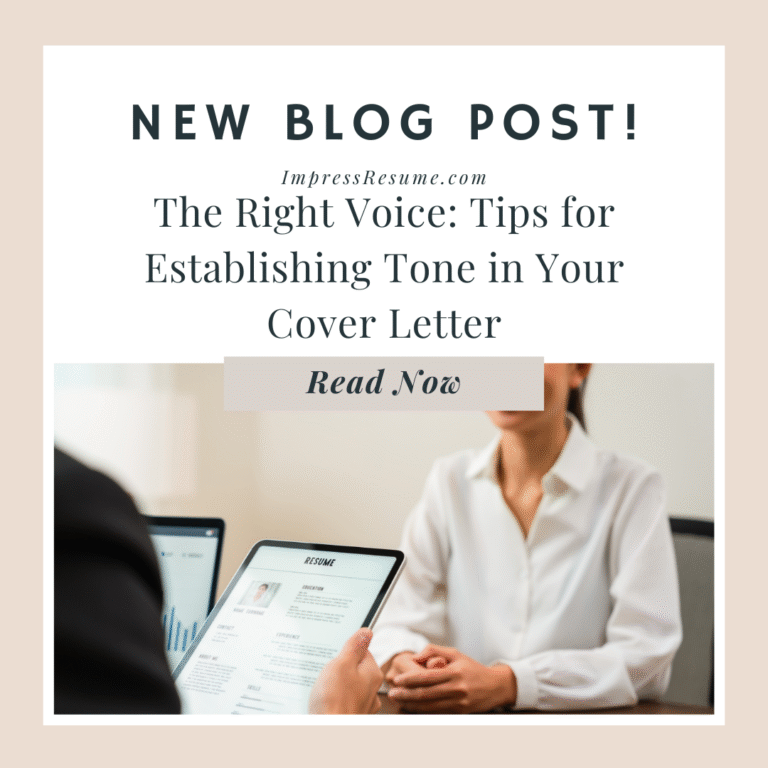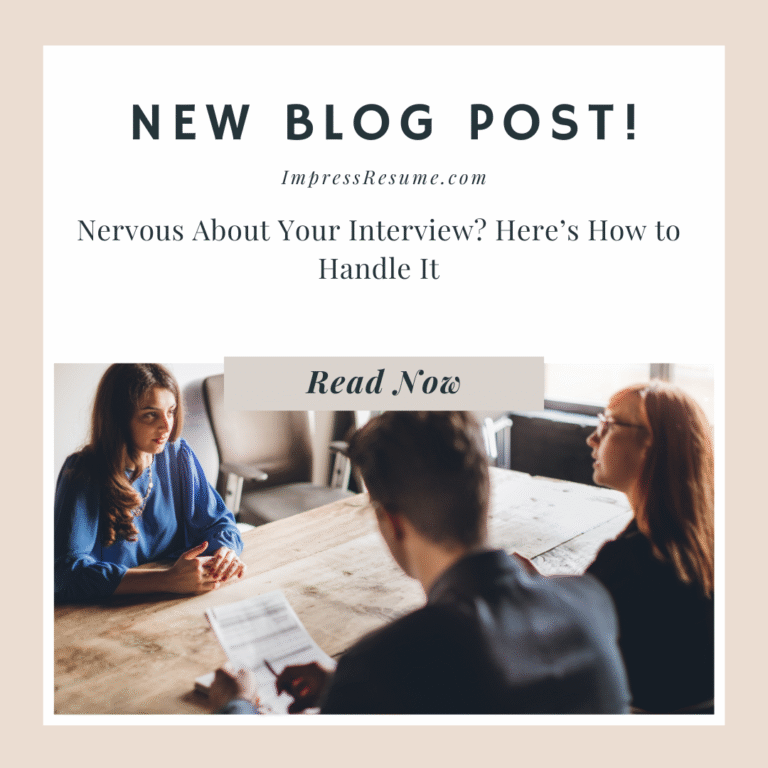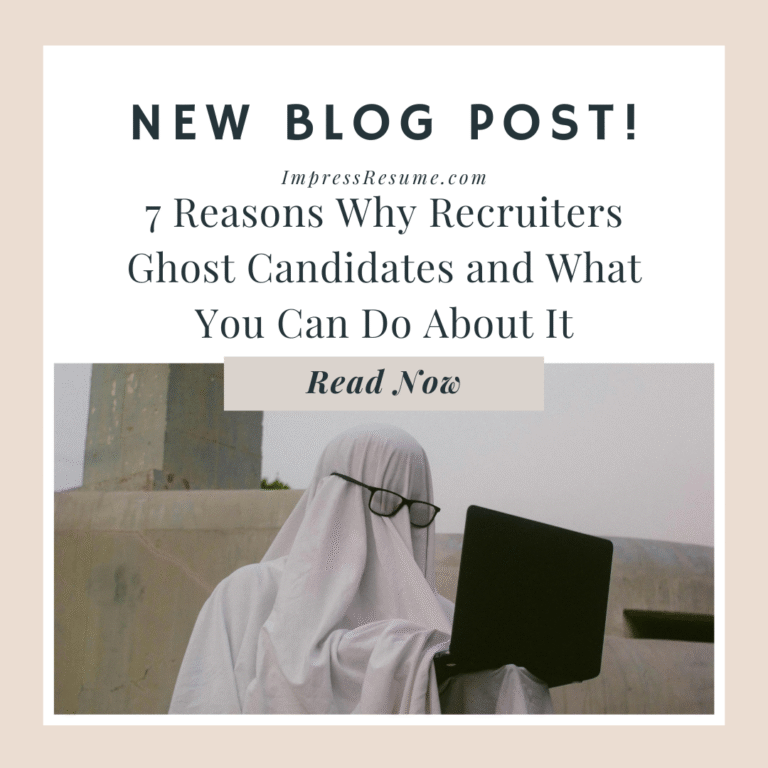Resume Writing 101: How to Stand Out From the Crowd
Your resume isn’t just a document—it’s your personal marketing tool. It’s the first impression you make on a recruiter or hiring manager, and in today’s competitive job market, blending in is the quickest way to get overlooked.
If you want to stand out from the stack, you need more than just job titles and dates—you need strategy, structure, and impact.
Whether you’re building a resume for the first time or refreshing one that’s outdated, this guide will walk you through the essential elements of writing a standout resume that gets results.
1. Start with a Strong Summary Statement
Skip the generic objective and open with a clear, confident summary that captures who you are, what you bring to the table, and what type of role you’re targeting.
Instead of:
“Looking for a position where I can grow professionally”
Try:
“Results-driven administrative professional with 3+ years of experience supporting executive teams, managing schedules, and streamlining office operations.”
2. Focus on Accomplishments, Not Just Duties
Hiring managers want to see what you achieved, not just what you were responsible for.
Tip: Use bullet points that highlight results, metrics, or improvements. Think:
- Increased customer satisfaction scores by 25% in six months
- Reduced supply costs by 15% through vendor renegotiation
3. Use Action Verbs to Lead Your Bullet Points
Every line should begin with a strong verb that shows initiative and impact.
Examples: Led, Managed, Created, Resolved, Improved, Designed, Streamlined
Avoid weak or vague terms like “helped with,” “was responsible for,” or “worked on.”
4. Tailor Your Resume to Each Job Posting
One of the biggest mistakes job seekers make is using the same resume for every application. Customization shows that you understand what the employer is looking for.
How to tailor:
- Use keywords directly from the job posting
- Emphasize the most relevant experience and skills
- Adjust your summary to match the role
5. Keep Formatting Clean and ATS-Friendly
Applicant Tracking Systems (ATS) scan your resume before a recruiter ever sees it. If your resume is poorly formatted or hard to read, it may never reach human eyes.
Formatting tips:
- Stick to standard fonts (Arial, Calibri, Times New Roman)
- Avoid tables, text boxes, and graphics
- Use clear section headers
- Save your resume as a .docx or ATS-compatible PDF
Need a head start? ImpressResume.com/shop offers recruiter-designed resume templates that are 100% ATS-friendly and easy to customize.
6. Include the Right Keywords
Many resumes are filtered out simply because they lack the right language.
Pro tip: Use keywords from the job description, especially in the skills and experience sections. These could include tools, certifications, or soft skills like “cross-functional collaboration” or “budget forecasting.”
7. Keep It Concise and Focused
Aim for one page if you’re early in your career, and no more than two pages if you’re experienced. Your resume should be clear, targeted, and easy to skim in under 10 seconds.
8. Proofread, Then Proofread Again
Nothing undermines your professionalism like spelling errors or grammar mistakes. Always proofread your resume, read it out loud, and ask someone else to review it.
9. Include Only What Adds Value
Don’t list every job you’ve ever had—focus on the experience that matters most to the position you’re applying for. Leave off outdated or irrelevant jobs unless they show transferable skills.
10. Don’t Forget the Extras That Count
Depending on your industry and level of experience, you may also want to include:
- Certifications
- Software or tools you’ve mastered
- Volunteer work
- Professional affiliations
- Relevant coursework (for recent grads)
Final Thoughts from a Recruiter
A great resume doesn’t just say what you did—it shows how well you did it. The key is to focus on clarity, customization, and impact.
If you’re not confident in your formatting or unsure where to begin, start with a professional template. At ImpressResume.com/shop, I’ve created affordable resume bundles designed for real job seekers, with built-in recruiter tips, matching cover letters, and writing guides to make the process easier from start to finish.
Your resume has one job: to get you noticed. Let’s make sure it does exactly that.







